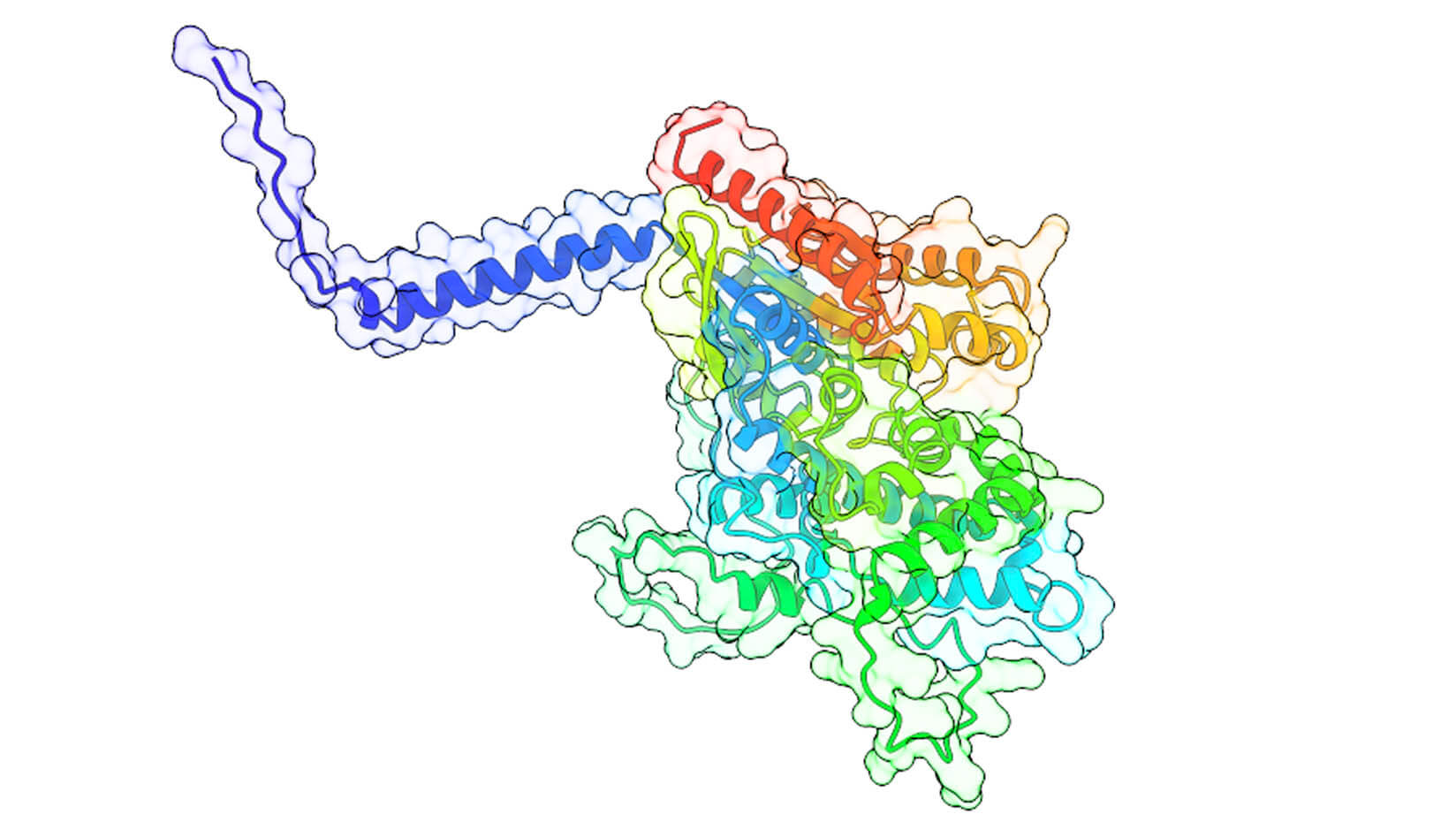
UMaine study reveals how proteins in yeast communicate to find mates
Understanding the family of cellular on/off switches known as G-proteins is important because these proteins control a lot of the communication between cells in the human body and beyond. A new study from the University of Maine has revealed more details about how these essential proteins function in coordinating the cellular response to two contradictory signals in yeast, which could lead to greater understanding of signaling processes involved in human health.
A team of researchers led by Josh Kelley, associate professor of biochemistry at UMaine, study G-proteins in yeast in hopes that it can tell us how these proteins work in humans. A common way that human cells detect the outside world and receive signals from other parts of the body is through receptors that span the cell membrane called G-protein-coupled receptors (GPCR). GPCRs detect chemical signals outside the cell, and turn on a G-protein inside the cell to initiate an internal cell signal. Yeast use a GPCR to detect and grow toward potential mating partners.
However, many proteins in the mating pathway are shared with the pathway that controls cell division. This means that when the cell is going through cell division and it gets a signal from a potential mate, it must choose which pathway to use. What the cell is supposed to do is complete cell division first, and then respond to the mating signal, but how this delay in response to the mating signal is mediated is not known.
“Cell division is a critical process. When division is abnormal, the cell is no longer able to function properly and in humans, diseases such as cancer can arise,” says Cory Johnson, former Ph.D. student in the Graduate School of Biomedical Science and Engineering at the University of Maine who conducted the research for his thesis.
During the mating response, an enzyme known as MAP Kinase (MAPK) modifies the regulator of G-protein signaling, or RGS. The RGS turns off the mating pathway, but the reason for the modification was not known. The researchers used strains of yeast with different RGS mutants to examine the effect of the MAPK signaling on where RGS goes during the mating response, and how signaling proteins were distributed through the cell. They found that MAPK modification of the RGS controls where the RGS can be found, but also where the MAPK itself is localized.
Most surprisingly, the scientists found that phosphorylation of RGS promotes the completion of cytokinesis — the final division of cells at the end of mitosis — before pheromone-induced growth toward mating partners. They found that the RGS interacts with a protein known to control the end of mitosis, called Kel1. RGS binding to Kel1 turned out to be controlled by the MAPK modification of the RGS, finally answering the long-standing question of why this modification was occurring. Failure to modify the RGS leads to failed cytokinesis, which can have catastrophic effects on the cell.
“We were surprised to see such a striking result because until now there was no evidence that the RGS was involved in regulating cell division,” says Johnson.
“Broadly, this research is exciting because it sheds light on a potential signaling nexus within cells, where two incoming messages are received and the cells interpret which signal has higher priority to be followed,” says William Simke, co-author of the study and former master’s student at UMaine.
“We hope that our data can inform the scientific community of new potential mechanisms related to the development of disease,” says Johnson.
The study was published in August 2022 in the journal Life Science Alliance.
Contact: Sam Schipani, samantha.schipani@maine.edu
